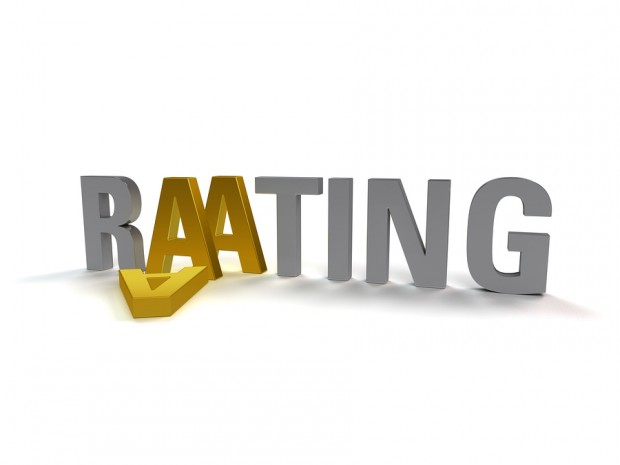The U.S. government may proceed with its $5 billion lawsuit accusing Standard & Poor’s of misleading investors by inflating its credit ratings, after a federal judge rejected the rating agency’s effort to dismiss the civil fraud case.
In a written decision late on Tuesday, the judge said the government could pursue claims that S&P manipulated ratings to boost profit, and in doing so, concealed credit risks and conflicts of interest.
This led to large losses for investors and contributed to the 2008 financial crisis, the government contended.
“The government’s complaint alleges, in detail, the ways in which none of S&P’s credit ratings represented the thing that they were supposed to represent, which was an objective assessment of creditworthiness, because business considerations infected the entire rating process,” wrote U.S. District Judge David Carter, in Santa Ana, California.
S&P, a unit of McGraw Hill Financial Inc., has said statements about the integrity of its ratings are “puffery” that cannot be a basis for the fraud lawsuit, filed on Feb. 4 by the U.S. Department of Justice.
Catherine Mathis, an S&P spokeswoman, said on Wednesday the lawsuit lacks merit.
“We firmly believe S&P’s ratings were and are independent and expect to show just that in court,” she said.
The lawsuit accused the largest U.S. credit rating agency of inflating ratings to win more fees from the issuers and bankers that pay for them.
It also said S&P failed to downgrade ratings for collateralized debt obligations despite knowing they were backed by deteriorating residential mortgage-backed securities.
According to the complaint, S&P rated more than $2.8 trillion of RMBS and nearly $1.2 trillion of CDOs from September 2004 to October 2007.
No Predictive Value?
Carter had tentatively decided on July 8 to let the lawsuit go forward, but held a hearing that day to consider dismissal.
He said S&P asserted repeatedly at that hearing that no reasonable investor would have relied on its claims of independence and objectivity.
“S&P argued that, since the issuer banks had access to the same information and models that S&P analysts did, they could not have been fooled by faulty credit ratings,” Carter wrote.
“This begs the question: If no investor believed in S&P’s objectivity, and every bank had access to the same information and models as S&P, is S&P asserting that, as a matter of law, the company’s credit ratings service added absolutely zero material value as a predictor of creditworthiness?”
Fourteen U.S. states and the District of Columbia are suing S&P over similar claims in the U.S. District Court in Manhattan.
In that case, U.S. District Judge Jesse Furman scheduled an Oct. 4 hearing on Tuesday to consider both S&P’s effort to dismiss that litigation and the effort by states to move their lawsuits back to various state courts from federal court.
Consolidating the state cases may help S&P avoid multiple judgments or conflicting rulings, and reduce its legal bills.
The Justice Department had sued under the Financial Institutions Reform, Recovery and Enforcement Act, a 1989 law passed after the savings and loan crisis.
That law allows the government to seek penalties for losses affecting federally insured financial institutions.
S&P’s main rivals are Moody’s Corp’s, Moody’s Investors Service and Fimalac SA’s Fitch Ratings. The federal government has not brought a lawsuit similar to the S&P case against either.
The cases are: U.S. v. McGraw-Hill Cos et al, U.S. District Court, Central District of California, No. 13-00779; and In re: Standard & Poor’s Rating Agency Litigation, U.S. District Court, Southern District of New York, No. 13-md-02446.





















 Florida Gets 8 New P/C Carriers After Insurance Market Reforms
Florida Gets 8 New P/C Carriers After Insurance Market Reforms  Progressive Gains as Drivers Shop Around for Auto Insurance—Again
Progressive Gains as Drivers Shop Around for Auto Insurance—Again  Survey: Majority of CA/FL Homeowners See Rise in Insurance Costs, Coverage Changes
Survey: Majority of CA/FL Homeowners See Rise in Insurance Costs, Coverage Changes  Uncertainty Keeps Prices Up; No Prior-Year Loss Development: Travelers
Uncertainty Keeps Prices Up; No Prior-Year Loss Development: Travelers 



